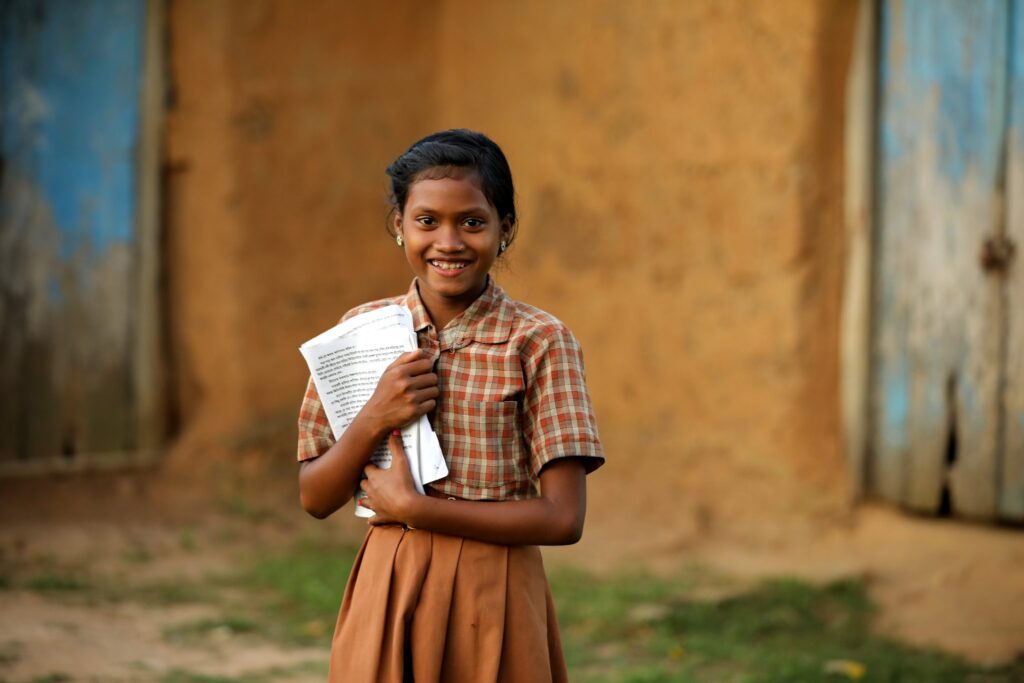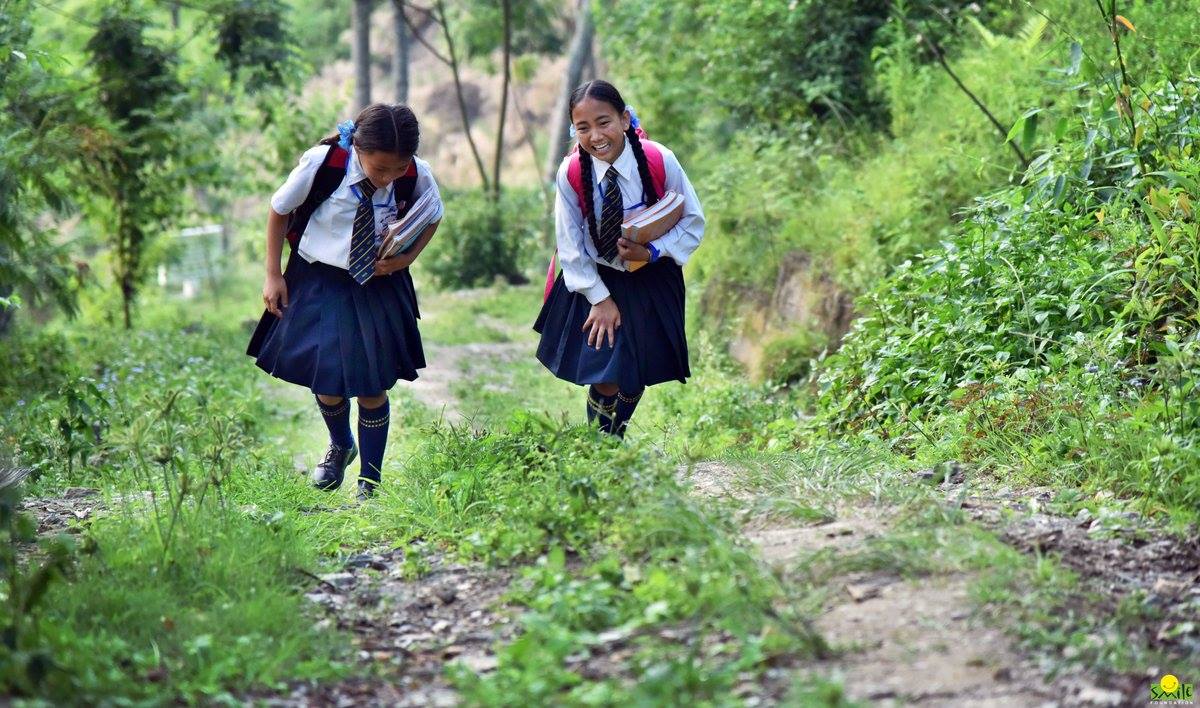Students and educators must acclimatize and start planning for a return to school when COVID-19 restrictions are lifted. School staff will need to encourage pupils as they make their way back to school while also managing their own anxieties and change.
This article offers advice for school staff on how to help pupils cope with the move, with a focus on worried students. While the emphasis is on planning for school reopening, these suggestions can also assist instructors in preparing for the return to a virtual classroom.
Promote a methodical approach rather than avoidance.
Students will be anxious regardless of how well you plan. As a result, rather than avoiding dread and anxiety, it will be necessary to encourage tolerance.
Fear induces a natural desire to flee, yet this avoidance perpetuates anxiety in the long run. Facing frightening events, on the other hand, fosters endurance and reduces anxiety in the long run by teaching kids that they are capable of coping.
Empower, support, and communicate with students
The recent events are likely to have had a significant influence on the mental health of pupils. They might be feeling a range of emotions in response to the news of the recent changes, such as anxiousness, discontent, and frustration.
It is critical for educators to listen to students’ concerns and demonstrate compassion, especially if the emotions are strong. Allowing families to know that you understand and value their viewpoint will aid in the opening of a problem-solving discourse.
Motivate pupils to interact by encouraging them to play and participate in sports.
Many states have imposed stringent physical distance restrictions on children, preventing them from playing and interacting with their classmates in playgrounds and other public places. In line with the school safety standards, ensure that when children return to school, they have plenty of opportunities to mingle, play, and connect with the classmates they’ve been missing for so long.
Be honest and realistic
Anxious adolescents will almost certainly require some assurance from trustworthy individuals and teachers before returning to school.
Blanket soothing remarks (e.g., everything will be alright; there is nothing to be concerned about) can be misleading and can cause doubt and misunderstandings, leading to the need for additional assurance. Excessive reassurance seeking is a side effect of this cycle (child constantly asks if things are okay).
Rather, it is preferable to communicate with pupils in an open, genuine, and supportive manner. This could involve admitting dangers while highlighting how precautions can lower those hazards and how children can feel positive about returning to school after all of the thinking and planning to keep them safe.
Staff should foster acceptance of uncertainties and educate students to apply realistic reasoning skills and come up with solutions to problems. Students should be taught; “problems are there, can you come up with any idea to solve this problem?” This will make students more creative.
Students should be praised and rewarded for their efforts
When kids return to school, congratulate them on their bravery in the face of adversity, and tell them that being strong and bold will enable them (and you and your colleagues) get through this together.
When you witness a student or coworker accomplish something you know is difficult for them or creates stress, let them know you noticed and appreciate them for tackling their concerns head on.
Intersessions should be planned and structured throughout the school year
Intersessions are pre-scheduled chunks of time that can be used as needed throughout the year. In the incident of pandemic-related disruptions, they allow for additional days or weeks of recovery time.
By interweaving short breaks, or intersessions, throughout the school year, this alternative primarily focuses on establishing adaptability for future school closures, should they be unavoidable.
Promote re-enrollment of students
Many educational institutions may find it difficult to assure that all pupils return to school following extensive school closures. Re-enrolling vulnerable people, such as girls and immigrants, will very certainly entail significantly more work. Offering scholarships to needy and bright students will encourage them.
Mission Education programme by Smile Foundation
Smile Foundation’s Mission Education is a national-level education initiative dedicated to delivering basic education and healthcare to poor children. The Foundation, a non-profit organization dedicated to improving the education of disadvantaged children, believes that there is no better place to begin than in the halls of schools, whether the issue is healthcare, poverty, population control, unemployment, or human rights. Visit here to know more.









